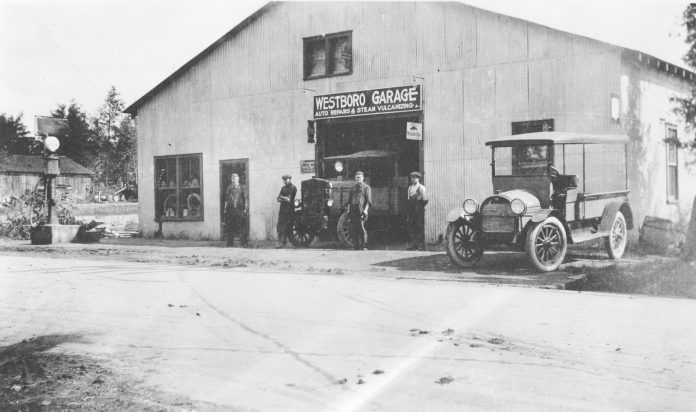Westboro, Hintonburg businesses thrive as the ‘oil age’ arrives in Ottawa
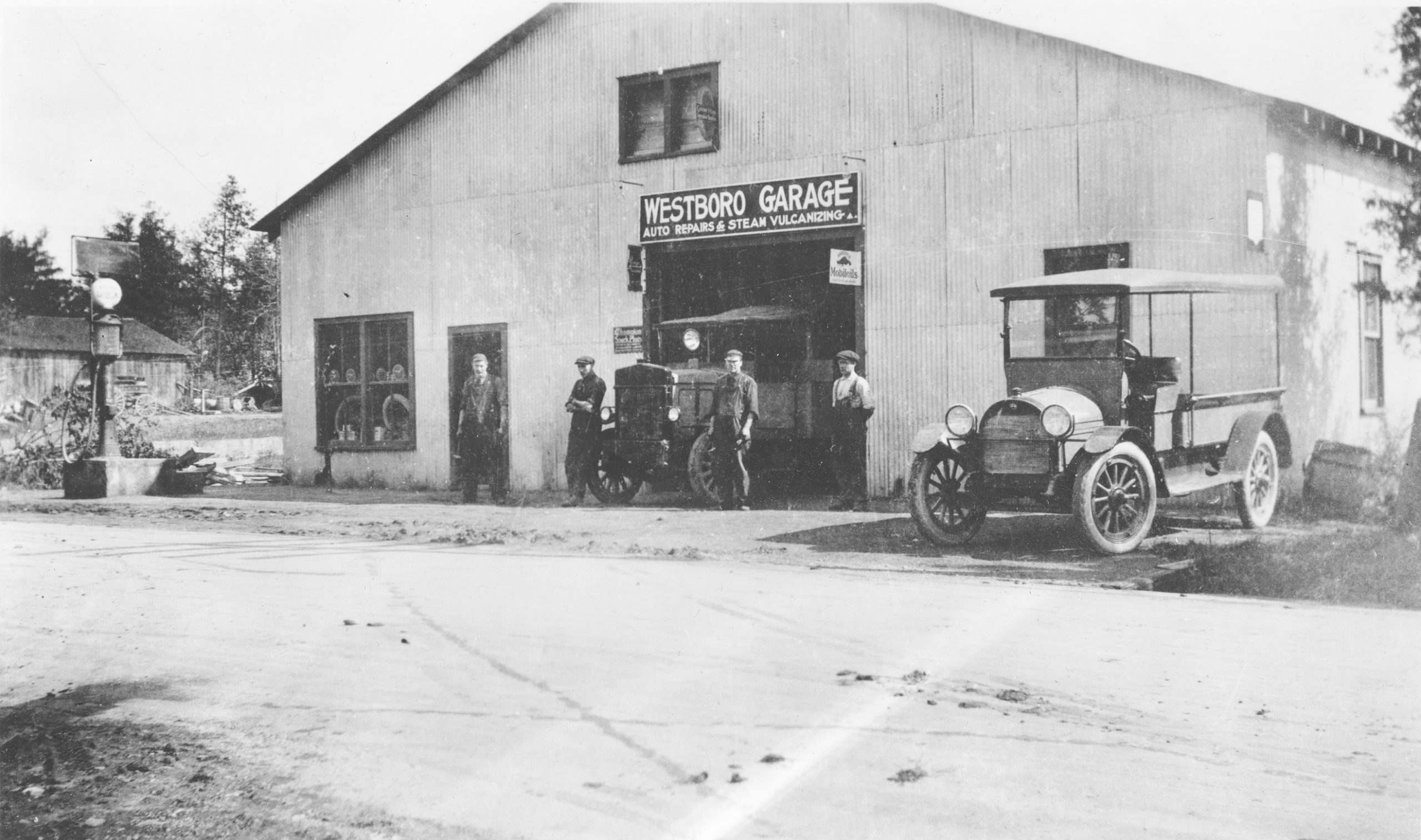
By Dave Allston
One hundred years ago, Kitchissippi would have been a thrilling time to be alive. One can only imagine the excitement of living through the era of the arrival of the automobile. In Hintonburg and Westboro, things were no different than they were in the bigger cities across Canada and the U.S., as cars very quickly became a part of everyday life.
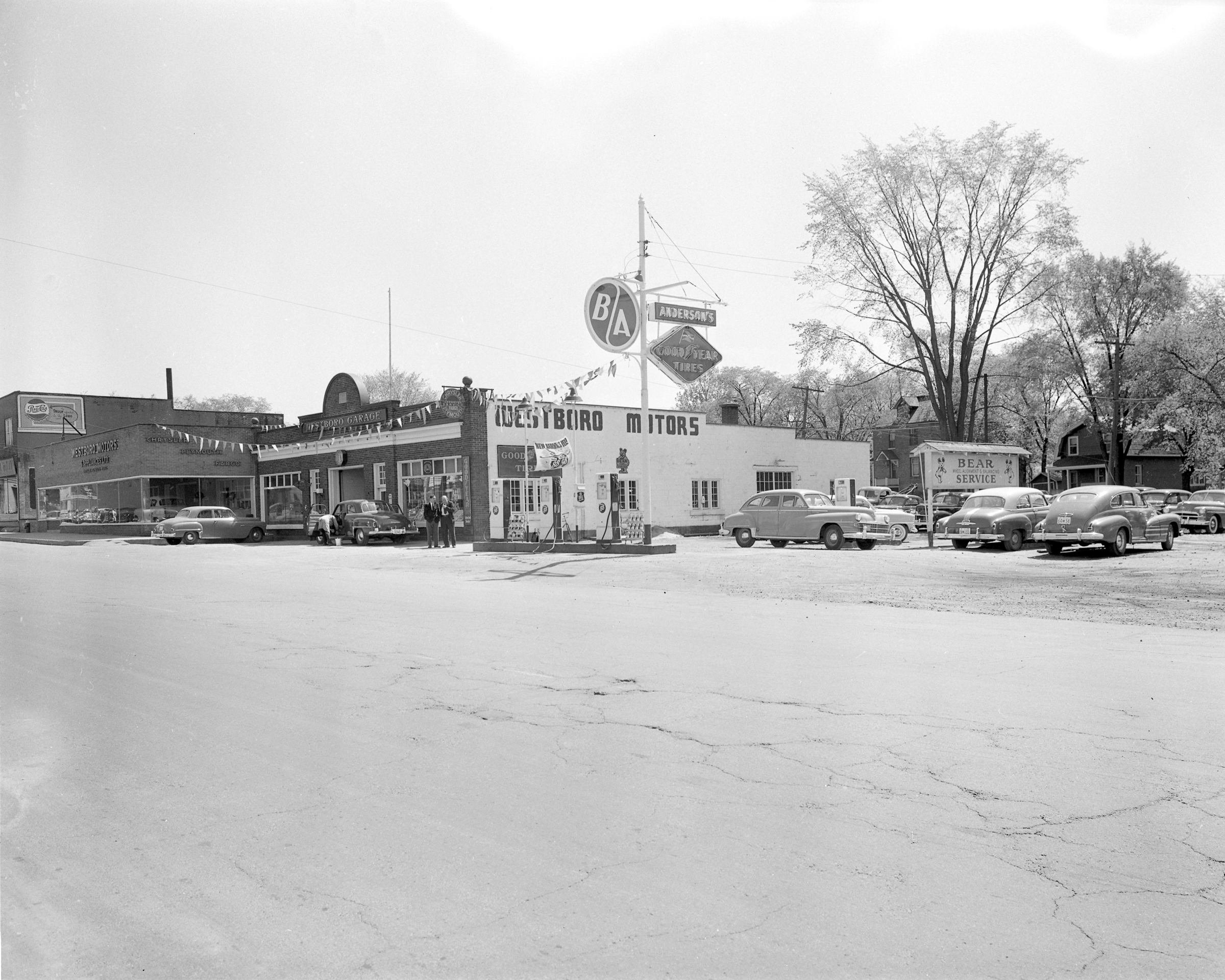
It was in 1919 that the first car-related services arrived in our neighbourhood, to meet a growing demand.
World War I had just ended and the world was changing fast. Long just a toy for the rich and curious, the automobile represented a significant amount of advantage and opportunity, and thanks to Henry Ford and other car manufacturers of the era, was becoming increasingly affordable to the common person. The “oil age” had arrived.
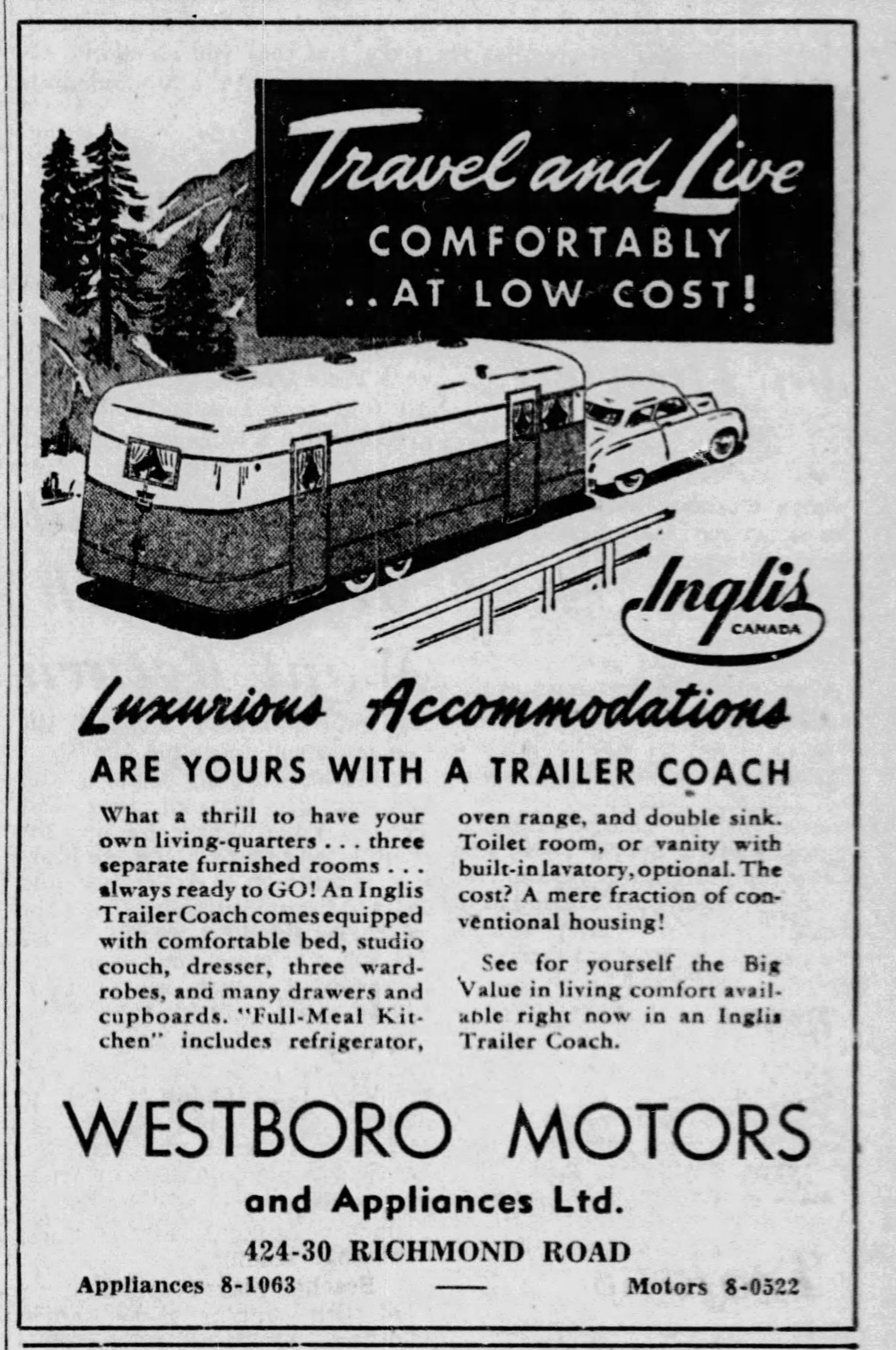
Cars had first been seen in primitive forms in Ottawa as early as 1890 as the subject of demonstrations at the annual summer exhibition. In 1898, the first car was driven on Ottawa’s streets when merchant Harry Ketchum drove his imported French “De Dion” automobile. It was described as “a cross between a bicycle and a car, it had four wire-spoked wheels, with one seat for the driver, similar to that of a bicycle, with another seat for a passenger located dangerously near the two front wheels”. The car caused a sensation, exciting young and old alike, but also worrying many who feared the influx of large numbers of these fast-moving machines.
Within a year, Ottawa Electric Company President Thomas Ahearn introduced an electric car, G.H. Millen of the E.B. Eddy Company invested in a steam car, and E.C. Grant began driving around in a four-passenger one-cylinder De Dion. All of which caused a frenzy in Ottawa. According to the newspapers of the day, these cars “chugged and wheezed around the streets like asthmatical old threshing engines”. But no doubt with each new model, improvements were quickly advancing the automobile’s development.
Ketchum was a visionary who realized that motor car fever was imminent to spread, and he set out to help it along. In 1902, he modified his store at Bank and Sparks, and began offering the first cars for sale in Ottawa. By 1909 there were an estimated 200 cars in Ottawa and 500 by 1912. (Ontario-wide there were just 220 cars in 1903, 4,200 in 1910 and more than 109,000 by 1918.)
In 1912, more than a million dollars worth of cars were displayed at Lansdowne Park at the first large auto show to come to Ottawa. That same year, the first six taxi cabs were put on Ottawa’s roads (built right in town by the Watson Carriage Company).
The 1920s would have been an interesting time to drive a car. While a road network existed, only a handful of streets (typically those operated as toll roads) were paved or maintained to any degree. The first traffic lights were years away. What little signage existed was intended for slow-moving horses and buggies, and there was no licensing or testing for drivers. Car owners basically took their new toys out on the rough roads and banged them around, often performing their own repairs as they went. While governments hastened to deal with all of these new issues, the demand for sales and services grew, and savvy local entrepreneurs jumped on the exploding opportunity.
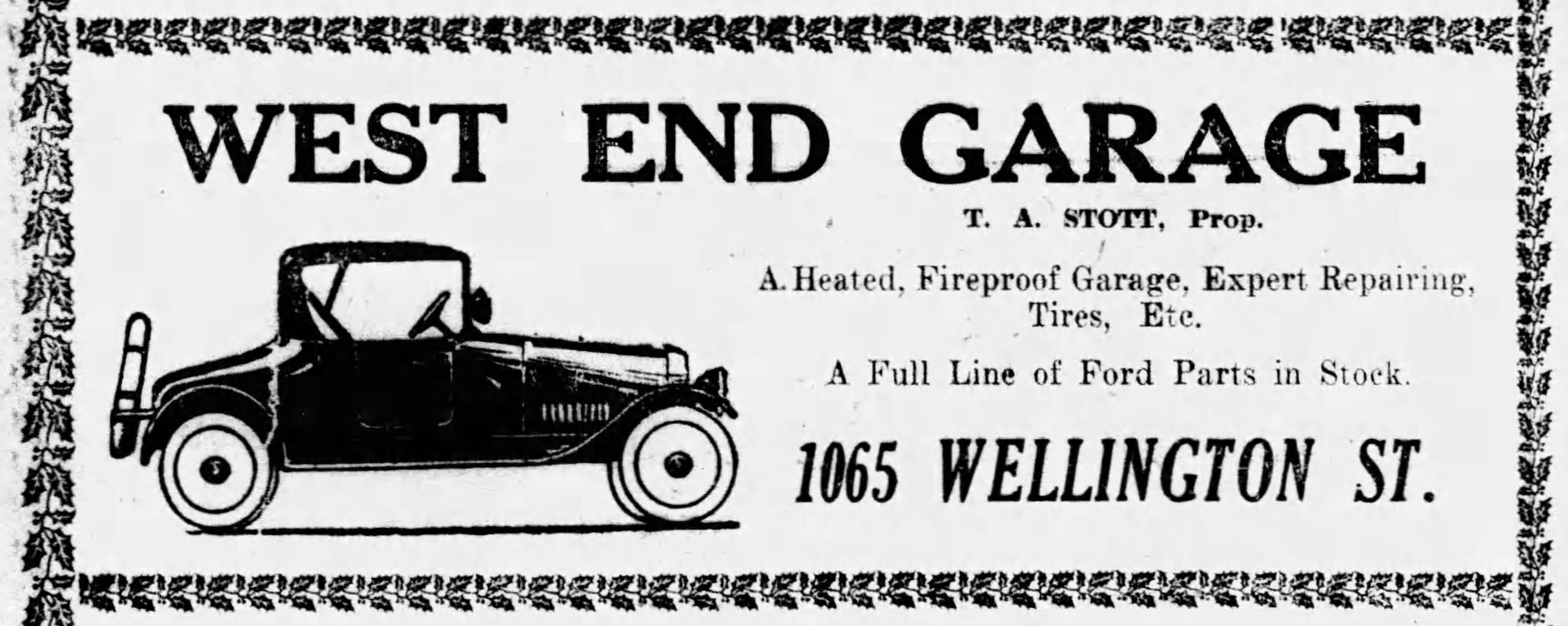
- Ad for West End Garage as it appeared in the Wednesday, December 10, 1919, edition of the Ottawa Citizen.
The arrival of auto mechanics
Thomas A. Stott Sr. was a successful general store merchant in Hintonburg’s first years, and also was an early real estate mogul, amassing properties and rental houses in Hintonburg and Westboro in the late 19th century. The family business at the northeast corner of Wellington and Merton was a cornerstone of Hintonburg commerce for years. Following in his father’s footsteps, in 1900 the 24-year-old Thomas Jr. opened his own business on the opposite side of Merton (now the site of the Pharmasave) and for many years was the king of bicycles in the west end; his “bicycle livery” shop a popular destination for Ottawans. Thomas Jr. was no doubt attuned to technological advances, and as early as 1903 was listed as dealing part-time in automobiles and motorcycles.
He remained primarily focused on bikes until June of 1919, when he plunged head-first into the exciting world of automobiles. He renamed his business the West End Garage, and began offering a full range of car-related sales and services to Hintonburg residents. Thomas Jr. died in 1929, but the West End Garage continued on until it was closed, sold and demolished in 1955.
Equally important players in Kitchissippi’s early automotive days were the Anderson brothers and their Westboro Garage.
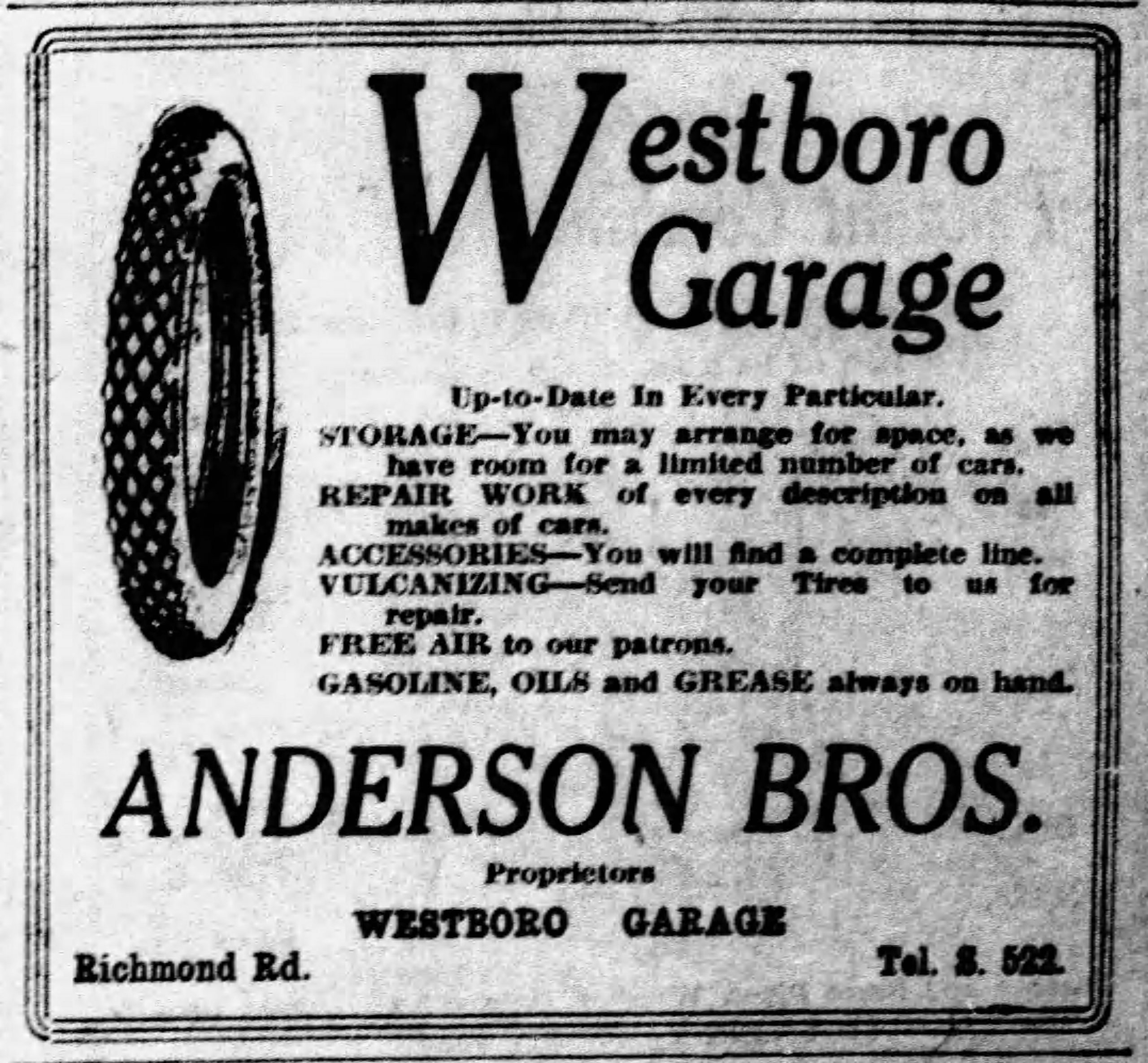
Percy Anderson was the first of the three brothers to discover Westboro, arriving in 1912 and building 577 Highland Avenue for his family. He worked as a mechanic at a shop in Ottawa, honing his skills before joining the active service with the Canadian Army Service Corps from 1915 until his discharge on July 31, 1919.
Timelines indicate Percy must have been motivated to open his own business upon his return to Canada, as a little over a month later, in September of 1919, the Westboro Garage was up and running. Percy, 33, recruited his older brother Herbert, from Toronto, and younger brother Fred to run the business with him, and get in on the automobile craze, on rapidly growing Richmond Road.
The England-born trio acquired a block of lots at the western end of Westboro, on the south side of Richmond between Golden and Roosevelt (the final piece of buildable land on the south side of Richmond before the streetcar tracks began). The location was likely quite strategic; by constructing their business here, they would be assured that their shop would be the first that anyone from the west would pass by on their way to Ottawa or beyond.
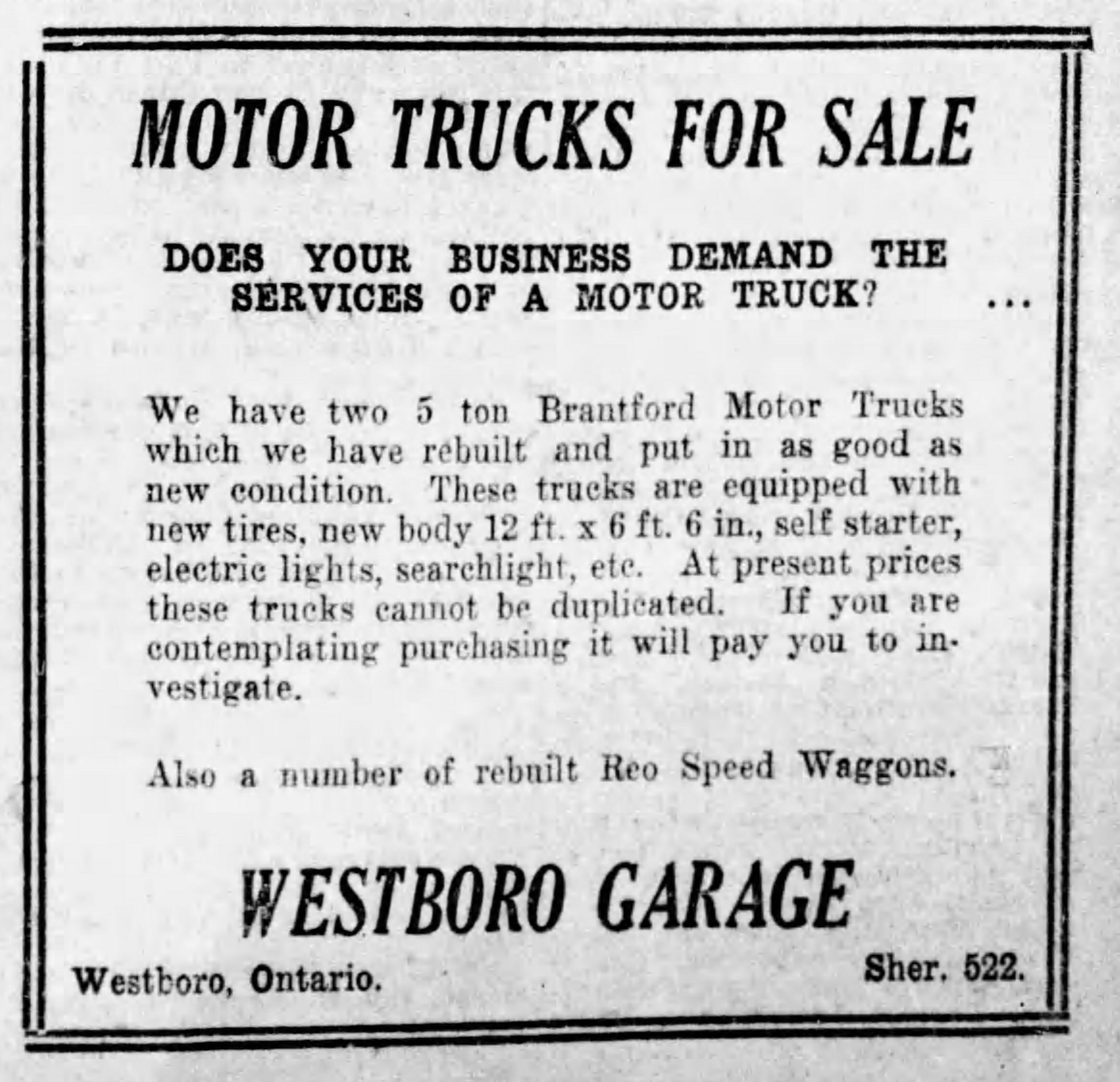
It was here (on the site of today’s Westboro Station condo building) that the Andersons opened the Westboro Garage, a large one-storey building constructed of cement and sheet metal, with a wood-frame interior. The garage was even more dynamic than Stott’s shop. They sold a small selection of cars and trucks, performed repairs to any model, sold tires and accessories, sold gas through pumps, and even provided storage for cars (likely for the winter months). They were the first shop that did any of these services in Westboro, and one of the first in the Ottawa area.
Westboro Garage thrived and the brothers expanded operations over time, including acquiring Ottawa stations under the moniker of Owl Service Stations (including one at the intersection of Wellington and Somerset). However, their hearts were always in Westboro, and eventually refocused solely on the Westboro Garage.
The original Westboro Garage building burnt in a fire in November 1930, and an impressive, modern new building was built in 1931. A major addition was added in 1947, and the shop rebranded itself as Westboro Motors & Appliances, adding an appliances division, an RV/trailer department, and even a phonographs record shop (complete with listening booths).
The business remained in the family, even after Percy was the last of the three brothers to pass away in 1949. His son Sid kept the business running until selling in the fall of 1954, when it became known as C. Connelly Motors. Later it became Turpin’s, Bedard’s, and then co-operated by Bourk’s Ignition and Leland Love’s Car City into the 1990s. The original 1931 and 1947 buildings were demolished in April 2009 to make way for the condo buildings.
Westboro and Hintonburg has seen so many mechanics, gas stations and dealerships come and go over these past 100 years, and the automotive industry continues today to constantly modernize. The efforts of the Stotts and Andersons cannot be forgotten, as the pioneers of this exciting and ever-changing industry here in Kitchissippi.
*This feature is brought to you in part by Tony Graham Toyota.
